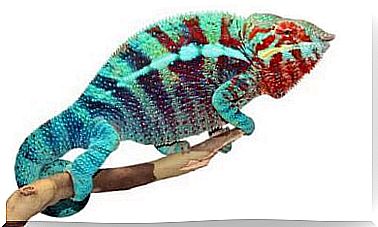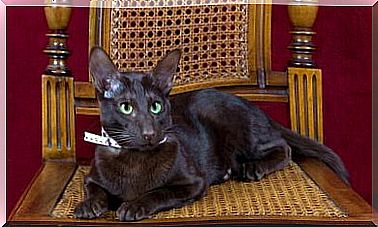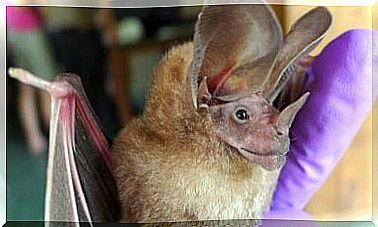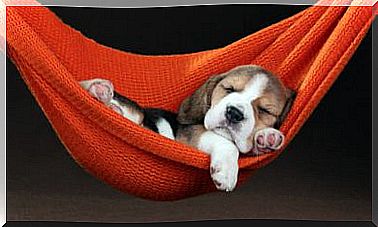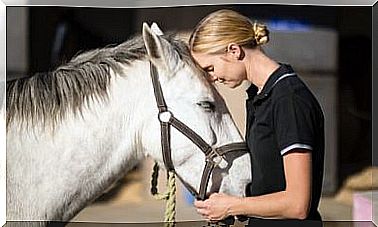The Shikoku: Brave And Fun

The Shikoku is a breed from Japan. In fact, it takes its name from the reason it comes from. It is the largest of the best known Japanese dogs.
Origins of Shikoku
It is believed to have arrived on the Japanese island about 3,000 years ago, probably from China. Its origins are so ancient that one can only make assumptions.
For a long time there were three varieties of this breed, but the one that remained purest was the one that lived on the island of Shikoku due to the isolation. This is the one that has come up to date.
The Shikoku is a very agile and courageous dog, which has been used for generations to hunt wild boars. Nowadays, it is also a companion and guard animal.
Characteristics of Shikoku
The Shikoku is a medium-sized dog, with a well-proportioned, muscular and compact body. Its appearance resembles that of the Shiba Inu, but it is larger.

As for the head, it has an elongated snout and slightly shorter than the skull. Its ears are upturned, triangular and erect. They possess a little less mobility than other breeds, and they point forward.
Like all spitz-type dogs, it has a twisted tail on its back. It is thick and a little hairier than the rest of the body.
It has a double layer of coat; the outer one is rough and straight, while the inner one is shorter and softer. You never have to clip it, because these layers protect it from both heat and cold.
As for the color, this breed exists in 3 variants of sesame, the typical mixture of Japanese breeds such as the Shiba Inu or the Akita Inu. Classic sesame with a balanced proportion of white and black hairs; black sesame, with more black hairs than white and red sesame, with the addition of reddish hairs between white and black.
Behavior of the Shikoku
This animal has great mental and physical energy, which he loves to download by playing and exploring the environment. A bored Shikoku can turn into a destructive dog; however, it is a great playmate.

Like many other Asian breeds, it has a strong and decisive character. For this, it is important to train him with positive reinforcement. They are not dogs that learn by force and punishment, but on the contrary, when taken right, they are very intelligent and love to learn new things.
During the hunt they are energetic and persistent. This temperament is maintained even if they live in a family, proving to be cheerful and fun. At first glance they don’t seem very loving, however, if they find masters who respect them, they will be very loyal.
How to take care of the Shikoku?
Shikoku does not suffer from troubling hereditary diseases. Despite this, it seems to have a certain tendency to have vision problems, such as retinal atrophy or hypothyroidism.
However, you must take him to the vet periodically to prevent the appearance of other diseases, such as hip dysplasia.
Being a hunting dog and very energetic, it is important that after every activity carried out in the countryside you check the body of the animal. There may be spikes between the fingertips and the ears.
Due to the fact that he spends a lot of time in the fields, a good pesticide is needed, as fleas and ticks could cause serious diseases.
Do not forget that, due to the type of coat it has, it is necessary to brush it weekly to eliminate dead hair.
Respect your Shikoku, train him with positive reinforcement, and reward him for doing well. You will get a faithful and protective friend in return.

